Summer G 1978
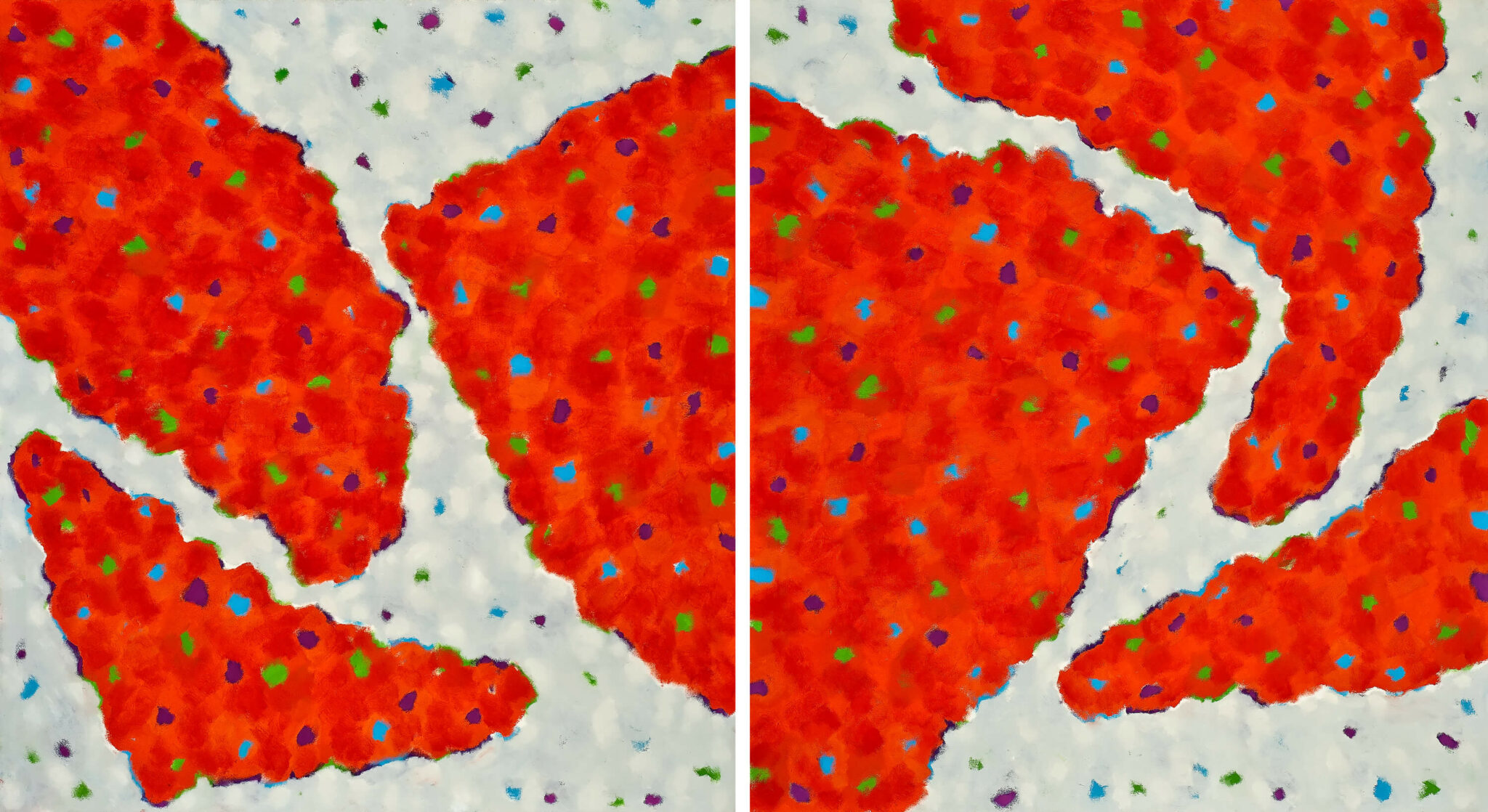
Gershon Iskowitz, Summer G, 1978
Oil on canvas, diptych, 167.7 x 305 cm
Winnipeg Art Gallery
Summer G is a prime late-1970s example of Gershon Iskowitz’s continuing use of the diptych format and a dominant red—an “Iskowitz red.” Here, he uses a complex blend of small red ovoids that create biomorphic forms comparable with those in the bold central shapes in the Uplands diptychs. Small blue, purple, and green ovoids float across the two panels, both on the red figures and grey-white neutral ground. As with the Lowlands series and Little Orange Painting II, the reds could occupy negative or positive space. This fluctuating play presents an inversion of atmospheric perspective—a device used by landscape painters since the sixteenth century where lighter, cooler colours appear to be in the background and stronger colours in the foreground. In Iskowitz’s abstract works, he embraces both options.
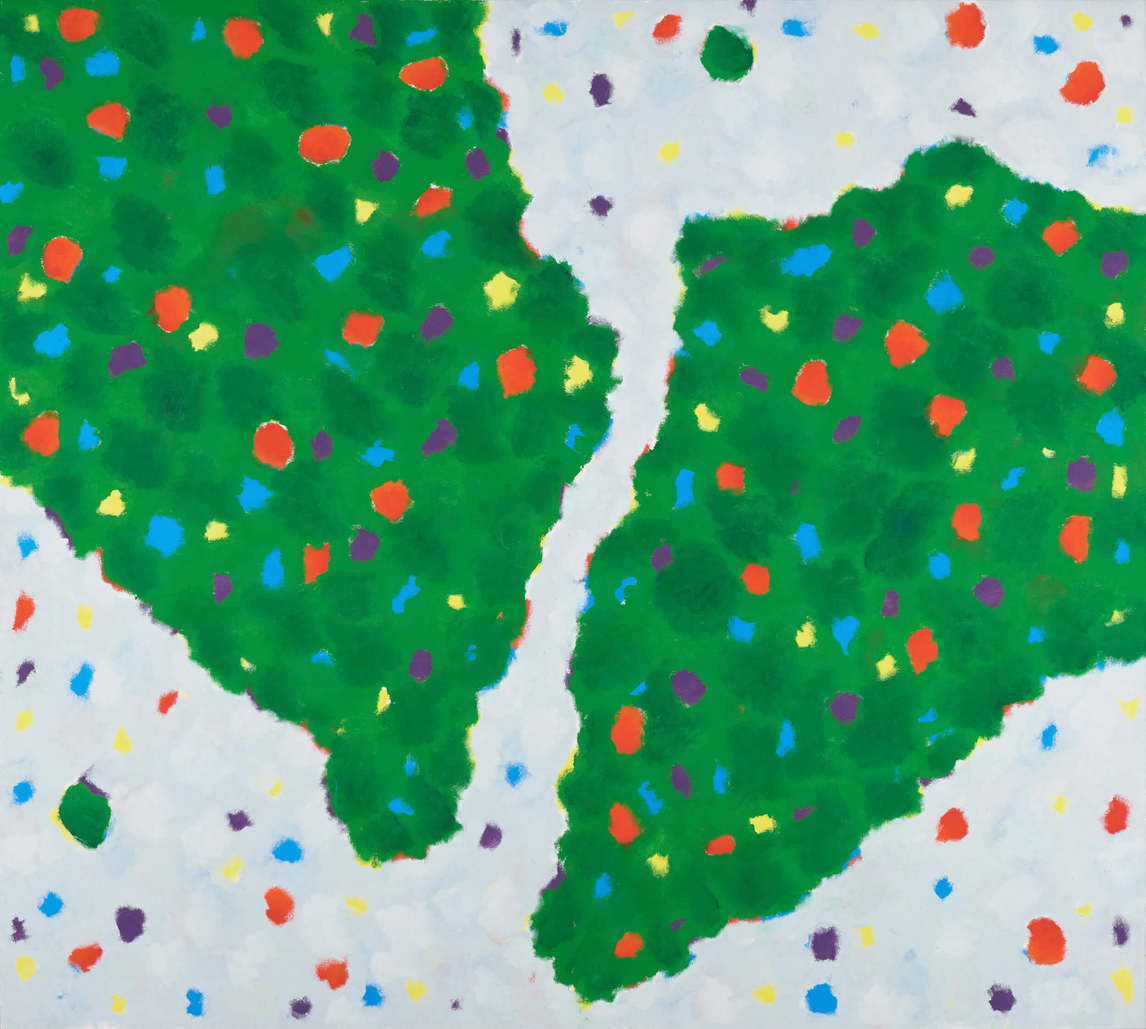
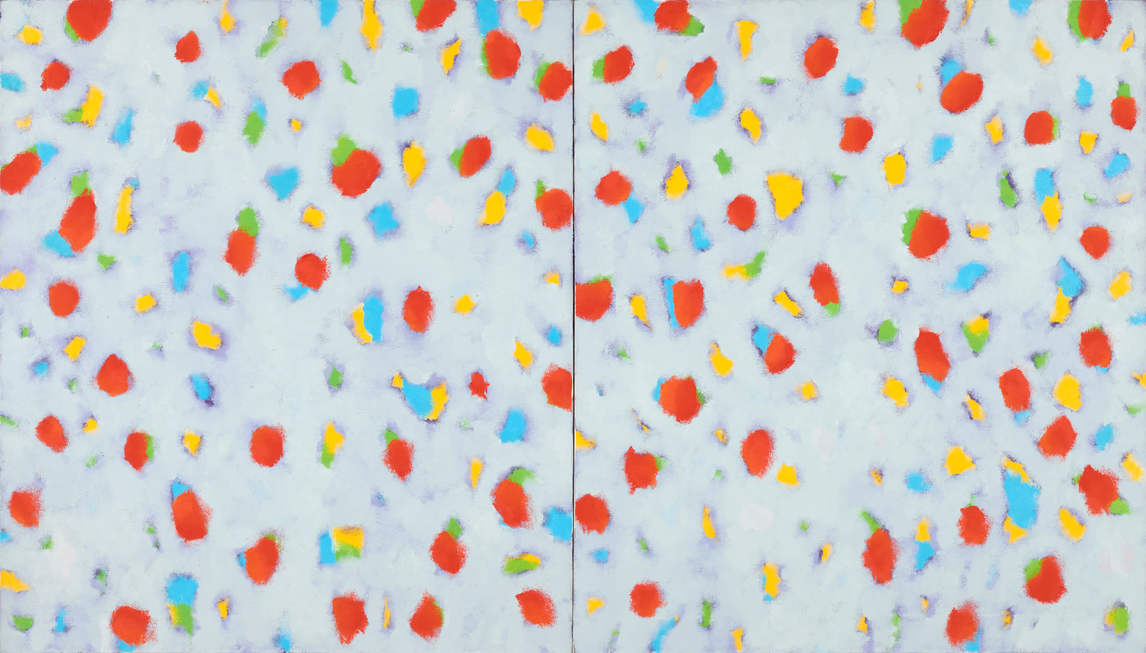
The ovoids create balance and overall harmony across the two canvases, but the red forms have a hard and abrupt division in the centre. In this approach to the diptych, Iskowitz was unique: most other artists have created a single composition across two conjoined canvases. In Summer G the centre line is activated by an apparent misregistration of the reds, which do not match in the middle, thereby creating a directional paradox. They could be moving toward the centre or away from it. Conversely, the right could be descending and the left ascending, or the other way around. But as Iskowitz has already established in earlier works such as Autumn Landscape #2, 1967, and Lowlands No. 9, 1970, it can be all these possibilities, a multidirectional potential for perspectives and perceptions.

 About the Author
About the Author
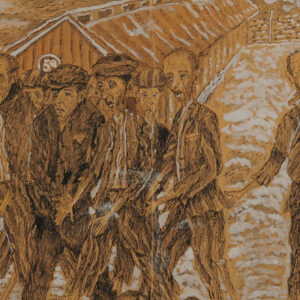 More Online Art Books
More Online Art Books
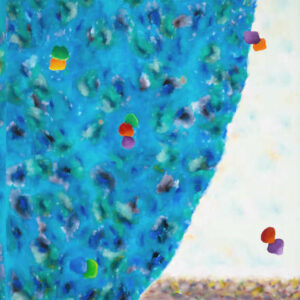 Acknowledgements
Acknowledgements